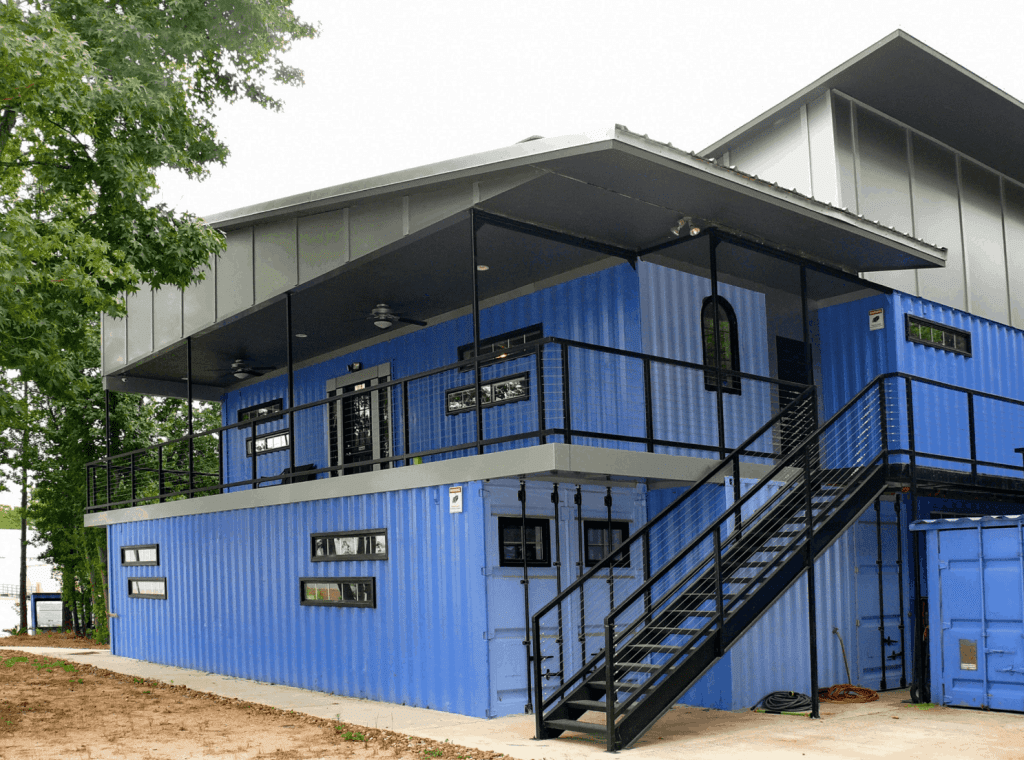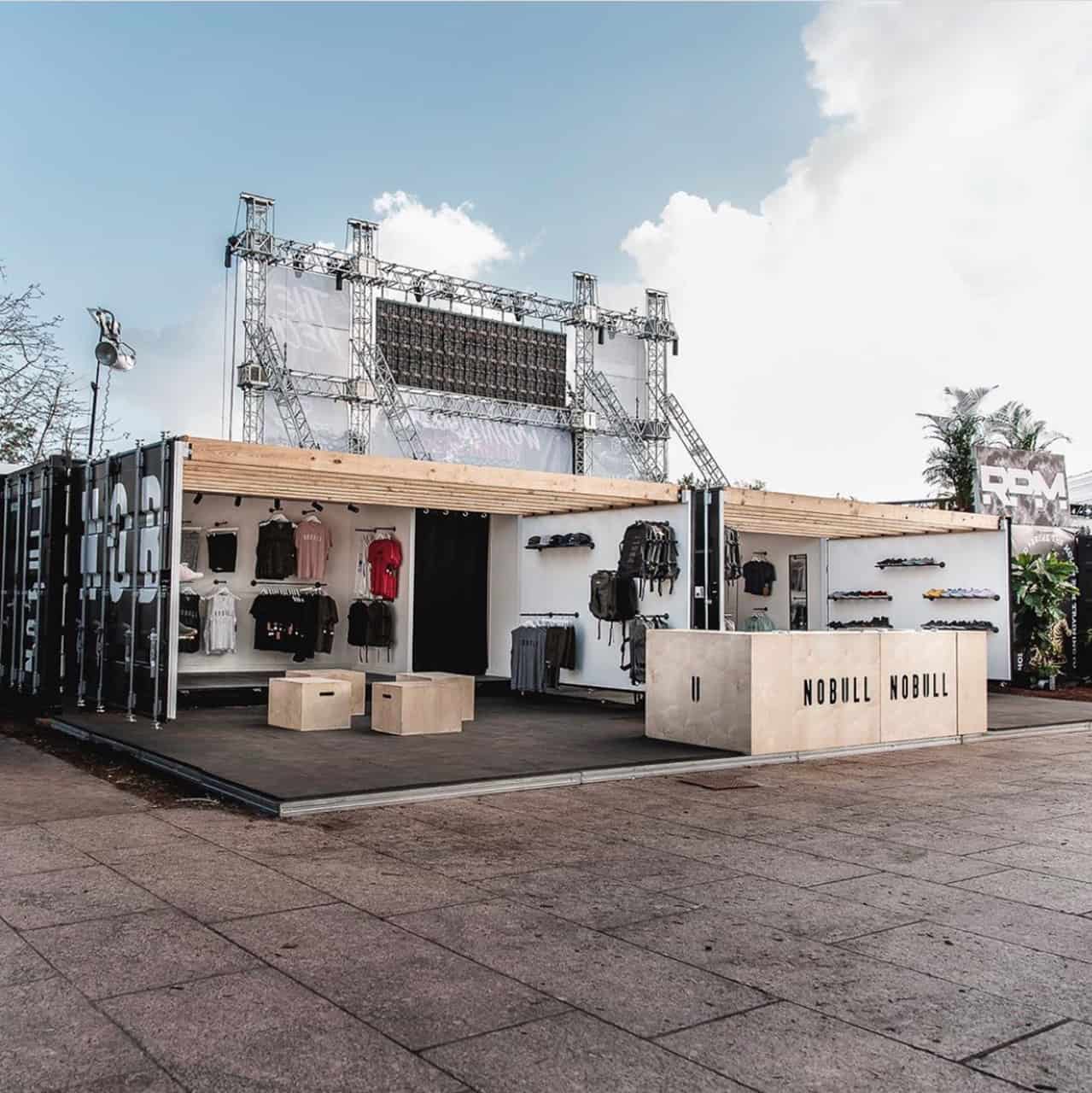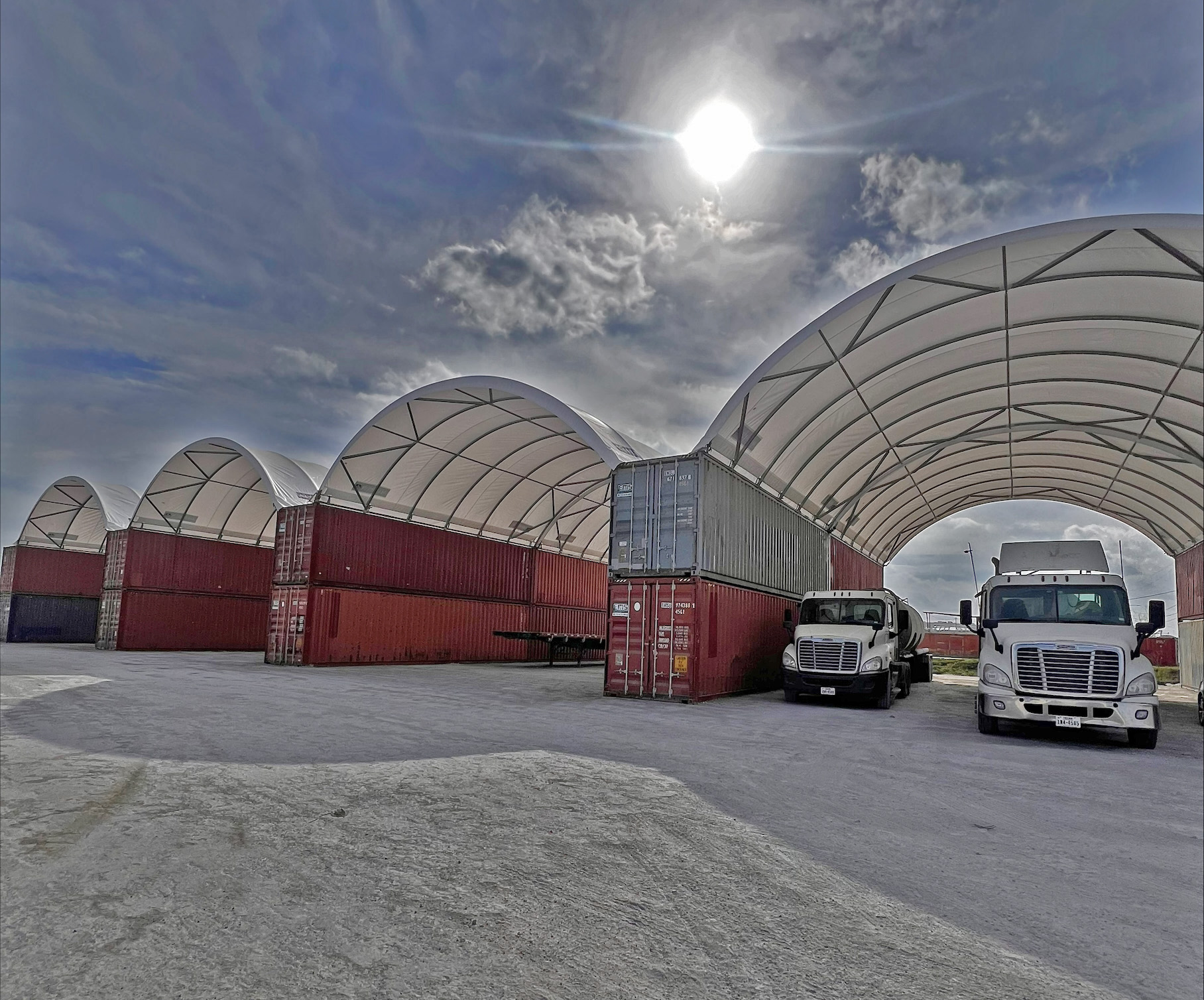Designing and living in your own shipping container home is a growing trend, and because of the many benefits these homes provide, the trend is here to stay.
But building a shipping container home takes more work than buying a few containers and placing them next to each other. That’s why we’ve put together this guide to help you learn what you need to know before you start building.
So let’s get started.
1. See the Containers Before You Buy Them
Shipping containers have survived a lifetime of traveling back and forth across the open ocean. Because of this, the shipping containers you buy might have dents, structural problems, or a lot of rust.
That’s why you should ALWAYS see the containers before you buy them. If the containers are on the other side of the world when you buy them, ask the seller for pictures of both the inside and the outside.
If you don’t want to risk ending up with a damaged used shipping container, you can also buy one-trip containers. These are a bit more expensive than normal used shipping containers, but they will be in much better condition.
2. Understand Your Building Code Restrictions
Every town has its own building restrictions when it comes to shipping container homes. Make sure you know and understand the codes in your area before you invest thousands of dollars into your design.
Otherwise, you might have to change your design, which might mean you’ll have to spend more money or lose some of the money you already spent.
3. Find a Contractor That Can Do It All
When you’re ready to start building your shipping container home, make sure you find a contractor that can do everything you need. If you don’t, you’ll have to find one contractor to place your containers, another contractor to modify your containers, and more contractors to do the interior work.
Hiring one contractor that is experienced at building shipping container homes will save you both time and money.
4. Don’t Forget to Insulate
The walls of a shipping container aren’t like the walls of a traditional house. Without insulation, the inside of your shipping container home will be smoldering during the summer and freezing during the winter.
So make sure you have a plan for insulation before you start building.
There are several different insulation options you can choose from when designing your container home. Ask your contractor about things like blanket-style insulation, foam insulation, sheep wool, or a green roof.
Because—don’t forget—you’ll need to insulate the roof as well as the walls.
5. Keep Cutting to a Minimum
Shipping containers are build out of solid steel, which makes them incredibly strong. The walls can easily be used as load-bearing walls for a second, third, or even fourth story.
But the more you cut your shipping containers, the weaker they get.
This means you’ll need to spend more money on some type of reinforcement. Be careful where you put windows and doors.
6. Think About Any Potential Chemicals
Remember, shipping containers had to survive a lifetime at sea. Because of this, many shipping containers are full of chemicals that can be harmful to live with.
For example, the wood flooring of the container might have pesticides to keep rats away. The exterior paint on the container might also be full of chemicals to protect them from the ocean salt.
Be prepared to rip out the flooring of your shipping containers and replace it with something new. You might also want to remove the harmful paint and repaint it with a safe alternative.
If you don’t want to deal with any chemicals, you can also buy new shipping containers (although they’ll be more expensive).
7. Know the Differences Between Container Types
Not all shipping containers are the same size.
Traditional shipping containers are only eight feet tall. But that doesn’t mean you have to live in a somewhat smashed house. You can find other shipping containers—like high cube containers—that are much taller.
8. Plan Your Plumbing and Electrical in Advance
You should plan where your plumbing and electrical pipes and wires will be before you start finishing the interior. If possible, ask your contractor to carve the appropriate holes in the right places so you don’t forget anything.
Otherwise, you may have to rearrange your entire kitchen because you forgot to add plumbing for the dishwasher.
9. Avoid Welding as Much as Possible
Since shipping containers are made of metal, you have to weld separate containers together to keep them airtight and structurally stable. But welding is expensive.
Do your best to design a home that requires as little welding as possible. This will help you save money that you can invest in other important design elements.
10. Be Prepared for Wind
Shipping crates are anything but aerodynamic. If you build your shipping container home in a windy area, be prepared for a lot of noise.
To avoid this problem, you should consider putting your home behind some type of windbreak. If you don’t’ like the look of a windbreak, find a natural location that’s protected from the wind instead.
11. Know When to Save and When to Spend
One of the biggest draws of shipping container homes is their cheap price point. But finishing a shipping container home inside and out can get expensive.
Know when to save and when to spend the extra dollar. Although shipping container homes are meant to be cheap, there are many times when spending that extra money to build-out the perfect container home is well worth it.
What You Need to Know Before Building a Shipping Container Home
Before you start building a shipping container home, spend some time researching the building codes in your area and what type(s) of container you’ll need to buy.
Remember, don’t buy anything without seeing it first. Otherwise, you could end up with something dented, damaged, and rusty.
Not sure where to buy shipping containers?
Make sure you click here to take a look at some of our options!










